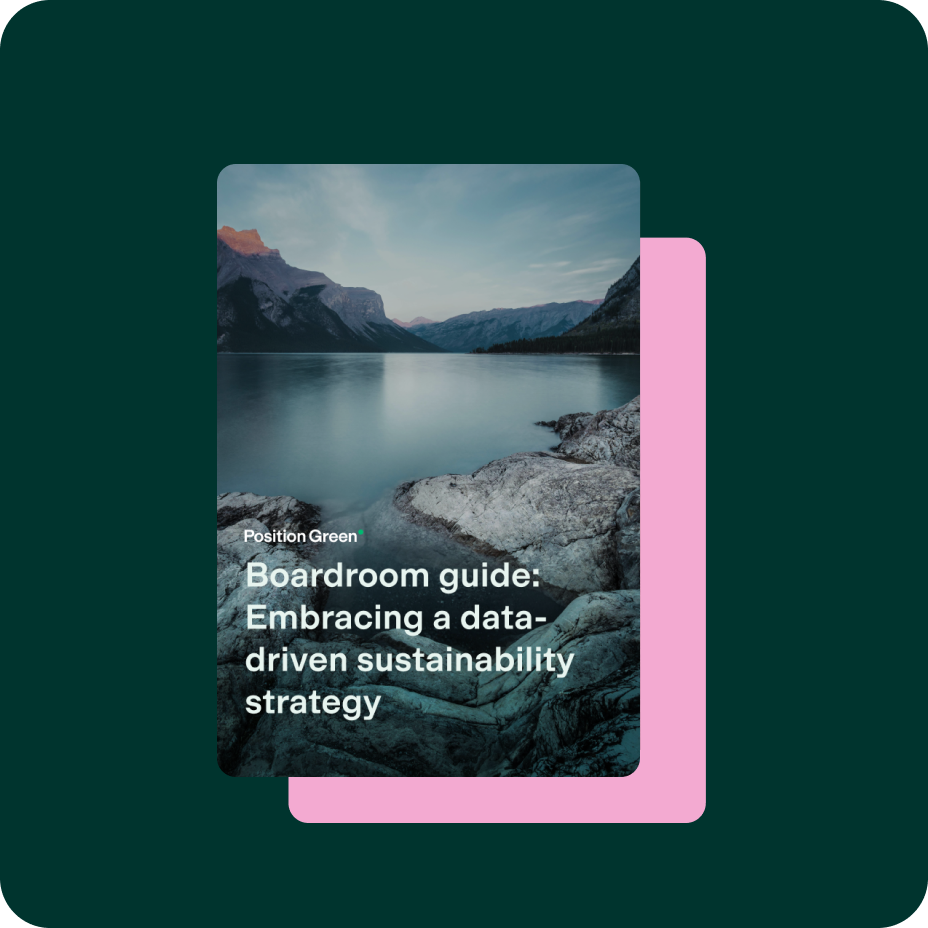Your guide to human rights due diligence and reporting

Get started by following our step-by-step guide to human rights due diligence
Human Rights Due Diligence (HRDD) is the process of implementing procedures to reduce the risk of a company negatively impacting human rights and working conditions. As of May 2024, the Corporate Sustainability Due Diligence Directive (CSDDD) has been approved by all EU member states. All companies will be impacted by HRDD, as legislation continues to expand across Europe, with the CSDDD now requiring EU countries to incorporate it into national laws within two years.
HRDD aims to reduce negative impacts on people and increase transparency in how companies safeguard human rights and address issues. Perfection isn’t mandated but transparency and good faith in managing human rights are required. Even smaller companies need to prepare, as larger companies will demand more human rights-related information from their supply chains.
At Position Green, our human rights due diligence solution ensures compliance by tracking performance, engaging supply chains on HRDD, and providing actionable data across local and international frameworks.
Download the guide and read about:
- What is HRDD all about?
- Who is affected by HRDD?
- What does HRDD look like in practice?
- Consequences of not following HRDD
- What is the suitable call to action?


